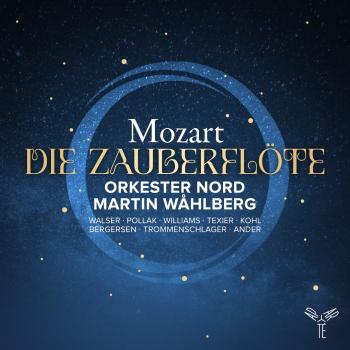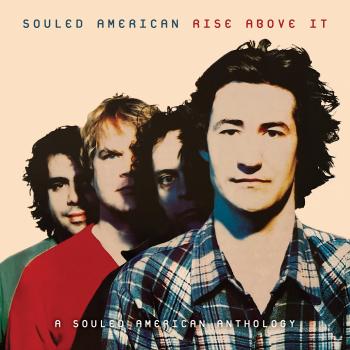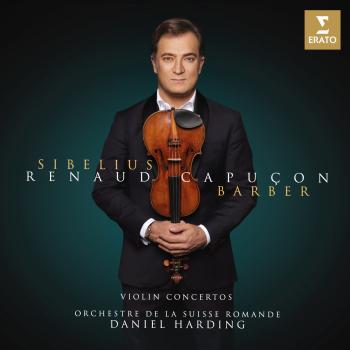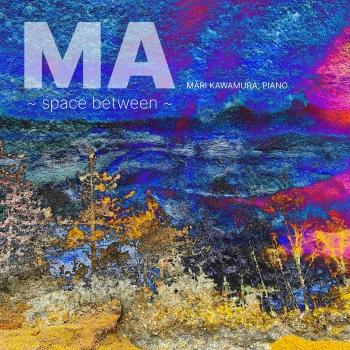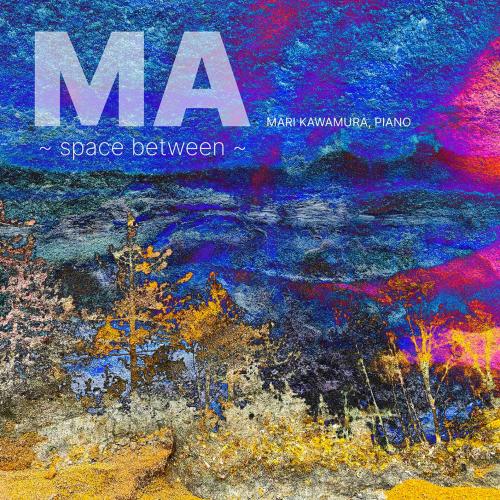
Ma: Space Between Mari Kawamura
Album info
Album-Release:
2022
HRA-Release:
18.11.2022
Album including Album cover Booklet (PDF)
- Lei Liang (b. 1972): Garden Eight for Piano:
- 1 Liang: Garden Eight for Piano: I. Tian 02:14
- Katharina Rosenberger (b. 1971): Torsion:
- 2 Rosenberger: Torsion 09:17
- Garden Eight for Piano:
- 3 Liang: Garden Eight for Piano: II. Di 02:16
- Joseph Haydn (1732 - 1809): Piano Sonata in E-Flat Major, Op. 69, Hob. XVI:49:
- 4 Haydn: Piano Sonata in E-Flat Major, Op. 69, Hob. XVI:49: I. Allegro 06:00
- 5 Haydn: Piano Sonata in E-Flat Major, Op. 69, Hob. XVI:49: II. Adagio e cantabile 08:01
- 6 Haydn: Piano Sonata in E-Flat Major, Op. 69, Hob. XVI:49: III. Finale. Tempo di minuet 04:07
- Lei Liang: Garden Eight for Piano:
- 7 Liang: Garden Eight for Piano: III. Dong 02:25
- Toru Takemitsu (1930 - 1996): Rain Tree Sketch for Piano:
- 8 Takemitsu: Rain Tree Sketch for Piano 04:20
- Lei Liang: Garden Eight for Piano:
- 9 Liang: Garden Eight for Piano: IV. Nan 02:20
- Toru Takemitsu: Rain Tree Sketch II for Piano "In Memory of Olivier Messiaen":
- 10 Takemitsu: Rain Tree Sketch II for Piano "In Memory of Olivier Messiaen" 03:59
- Lei Liang: Garden Eight for Piano:
- 11 Liang: Garden Eight for Piano: V. Hsi 02:27
- Iannis Xenakis (1922 - 2001): Evryali:
- 12 Xenakis: Evryali 09:49
- Garden Eight for Piano:
- 13 Liang: Garden Eight for Piano: VI. Bei 02:38
Info for Ma: Space Between
Ma is an ancient Japanese concept concerning space and time, which literally means “interval” or “gap” in Japanese. It is a beautiful and philosophically nuanced word, which carries the implication of movements within silence or “empty” spaces. Ma has served as an essential element in Japanese traditional arts and is often considered to be an original concept, unique to Japanese culture.
In a polarized world where differences are often the focal point, my program seeks to highlight similarities between seemingly contrasting compositions by Joseph Haydn, Lei Liang, Katharina Rosenberger, Toru Takemitsu, and Iannis Xenakis by uncovering the inherent ma-like structures contained within music from outside of Japan’s sphere of influence. Although the formalization of ‘charged stillness’ as ma is uniquely Japanese, the purpose of this project is to demonstrate that this is a global phenomenon and is in fact quite widespread.
I have dealt with this idea both artistically and academically for the last several years. I believe that we should discuss the potential for the way I think about space as a Japanese woman in the twenty-first century, to interact with the way that Haydn thought about space as an Austrian composer in the eighteenth century, and to interact with the way that artists in western countries deal with this matter today when there is clearly something related in these ideas.
Mari Kawamura, piano
Mari Kawamura
is a concert pianist whose curiosity has taken her in a variety of directions ranging from improvisation and dance to biology and physics. Kawamura is drawn to music which utilizes the entirety of the piano as an expressive device. She is as equally fascinated by works which showcase the tremendous agility of the instrument, as by compositions that explore its ability to produce cavernous resonances, complex spectral sounds and unpitched noise.
Her repertoire includes music by William Byrd, Scriabin, Xenakis, and Japanese composers such as Toru Takemitsu and Michio Mamiya. Kawamura has also collaborated with a number of living composers, premiering new works by Joseph Bourdeau, Annie Hui-Hsin Hsieh, Lil Lacy, and Anthony Vine among many others.
Kawamura has presented solo recitals on concert series hosted by Carnegie Mellon University, University of Northern Colorado, MONK Space in Los Angeles, and Center for New Music in San Francisco. She has appeared in major festivals, such as Tanglewood Music Center, Spoleto Festival USA, Darmstadt International Summer Course, and SICPP in Boston, at which her 2013 performance of Xenakis’ Dikthas was described as "an unrelenting volcanic eruption'' by NEWMUSICBOX.
In 2019, Kawamura was featured on Jeffrey Holmes’ album, “May the Bridges I Burn Light My Way”, and in Fall 2020, she toured Denmark with Anna Jalving and Morten Lohmann Soenders, to premiere Lil Lacy’s piano trio, “Plant Native”.
Kawamura received her Bachelor’s degree from Aichi Prefectural University of Fine Arts and Music, where she studied with Emiko Kumagai and Vadim Sakharov. She went on to win the Winfred Christie Award scholarship to study at London’s Royal Academy of Music, where she earned her Master’s Degree under Tatiana Sarkissova, and was awarded a prestigious DipRAM prize for her outstanding final recital.
After studying with Stephen Drury at the New England Conservatory, Kawamura is currently a doctoral candidate at the University of California, San Diego where she studies with Aleck Karis. Her research deals with ma, an ancient Japanese concept concerning space and time, and is focused on identifying ma-like structures in music outside of Japan's sphere of influence with the goal of demonstrating that the concept of “charged stillness” is a widespread global phenomenon.
Booklet for Ma: Space Between


